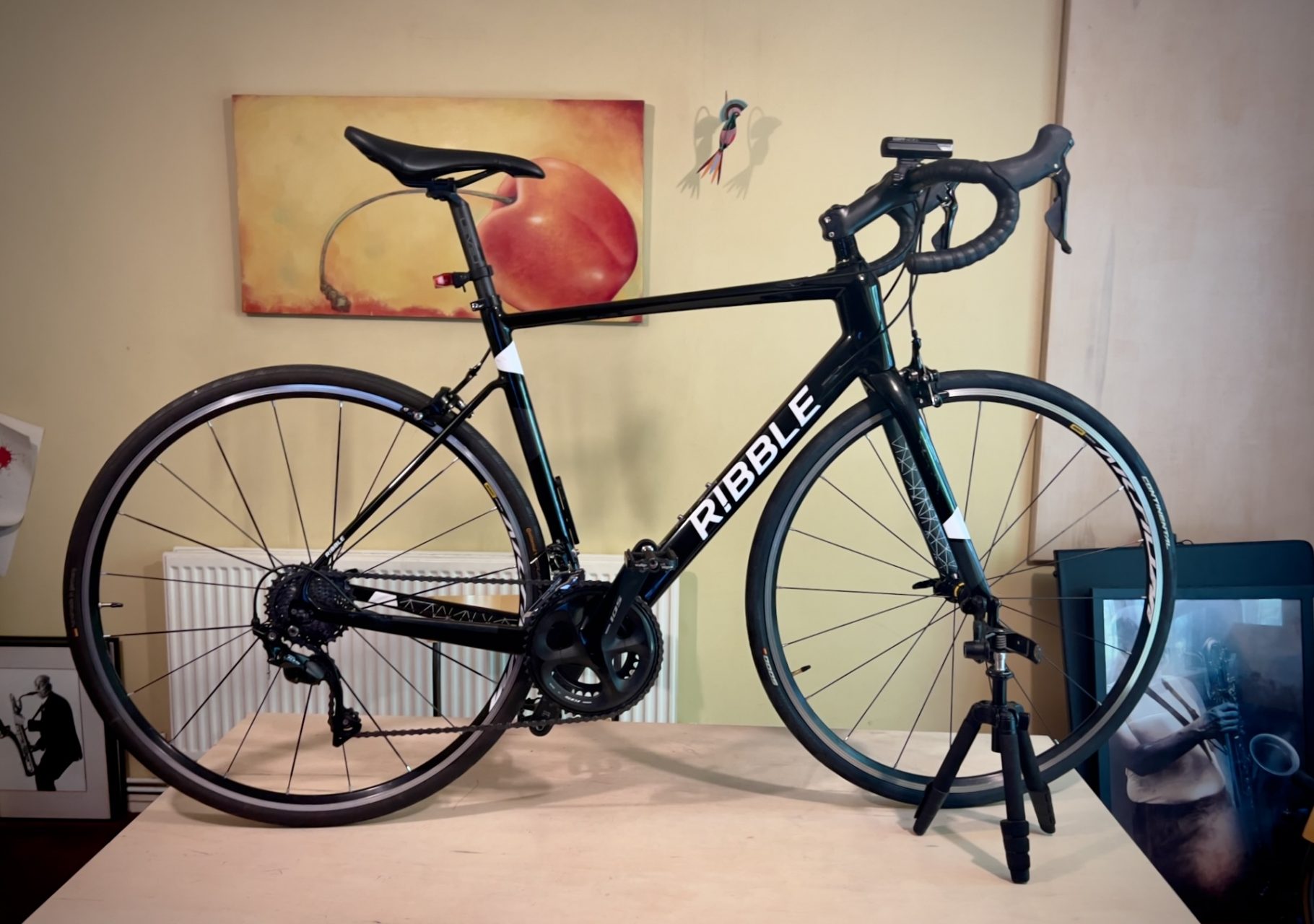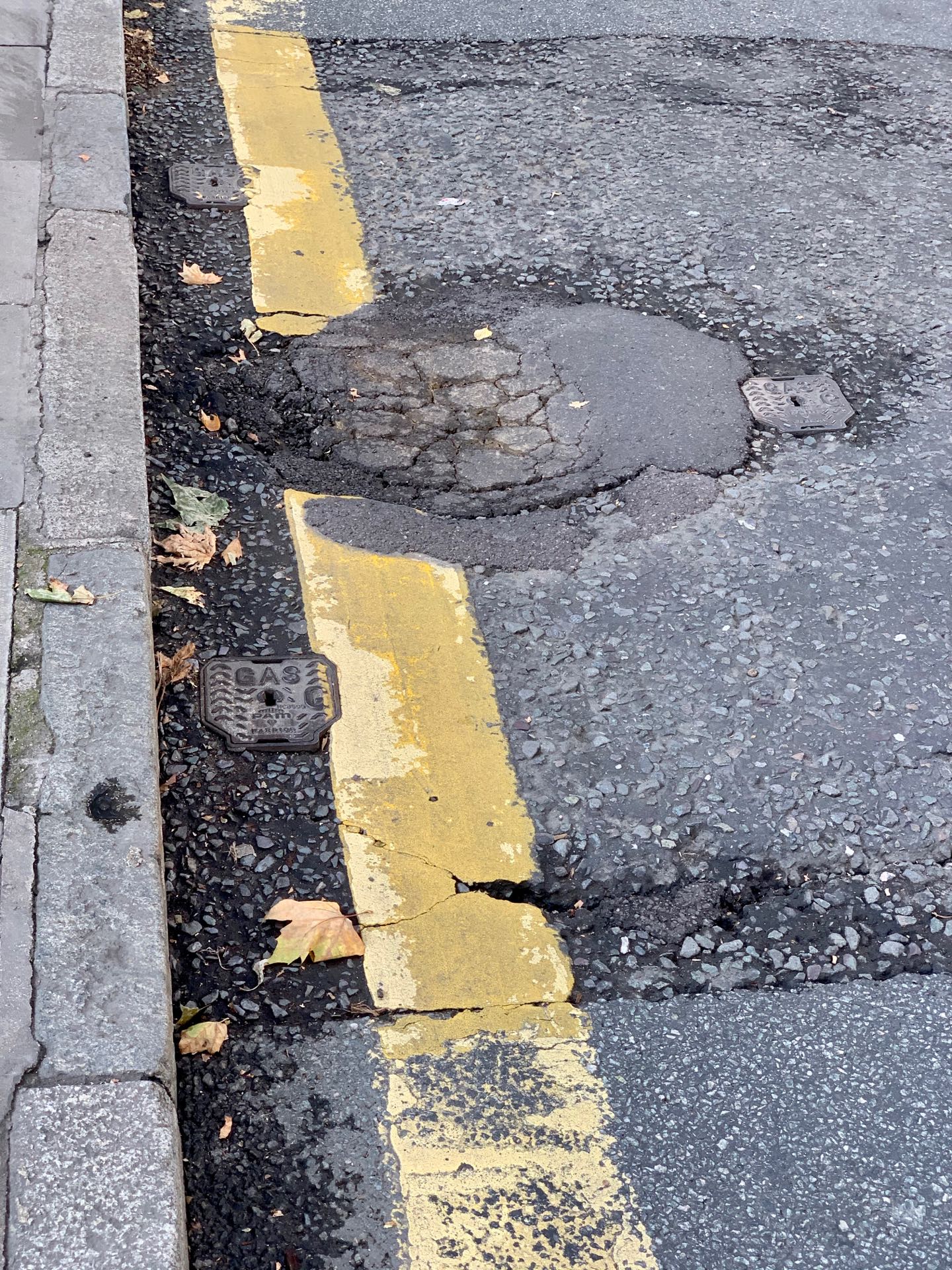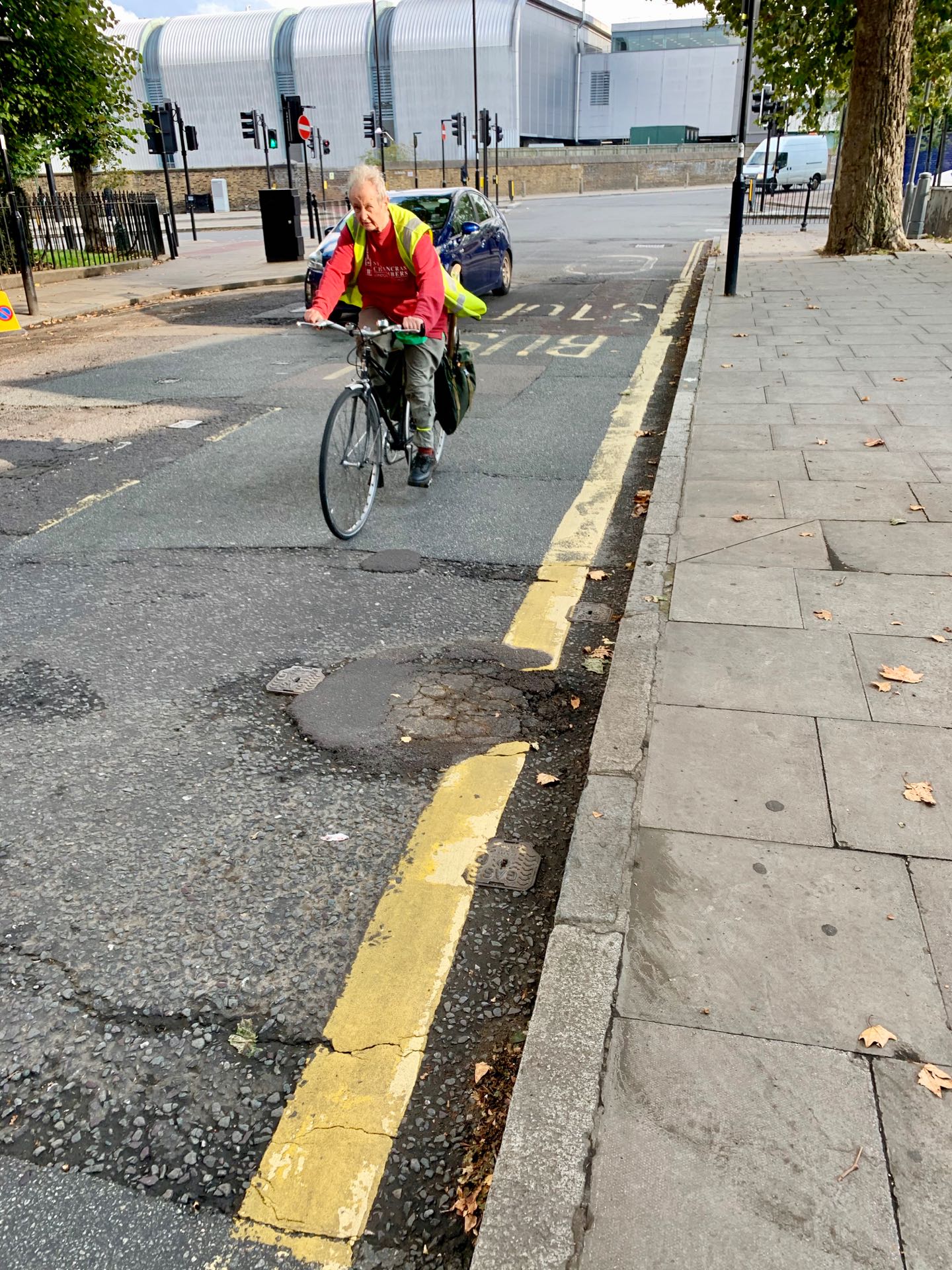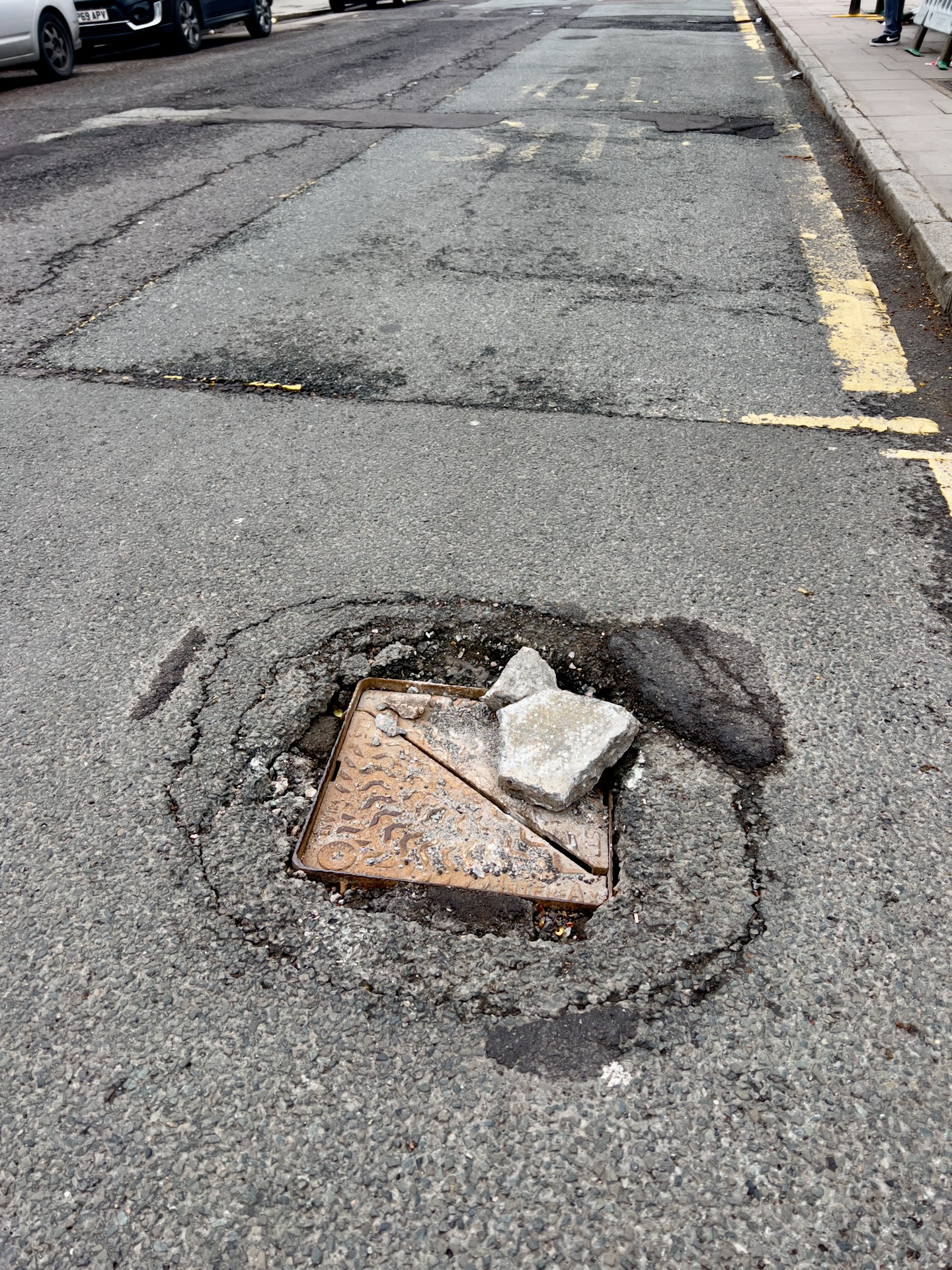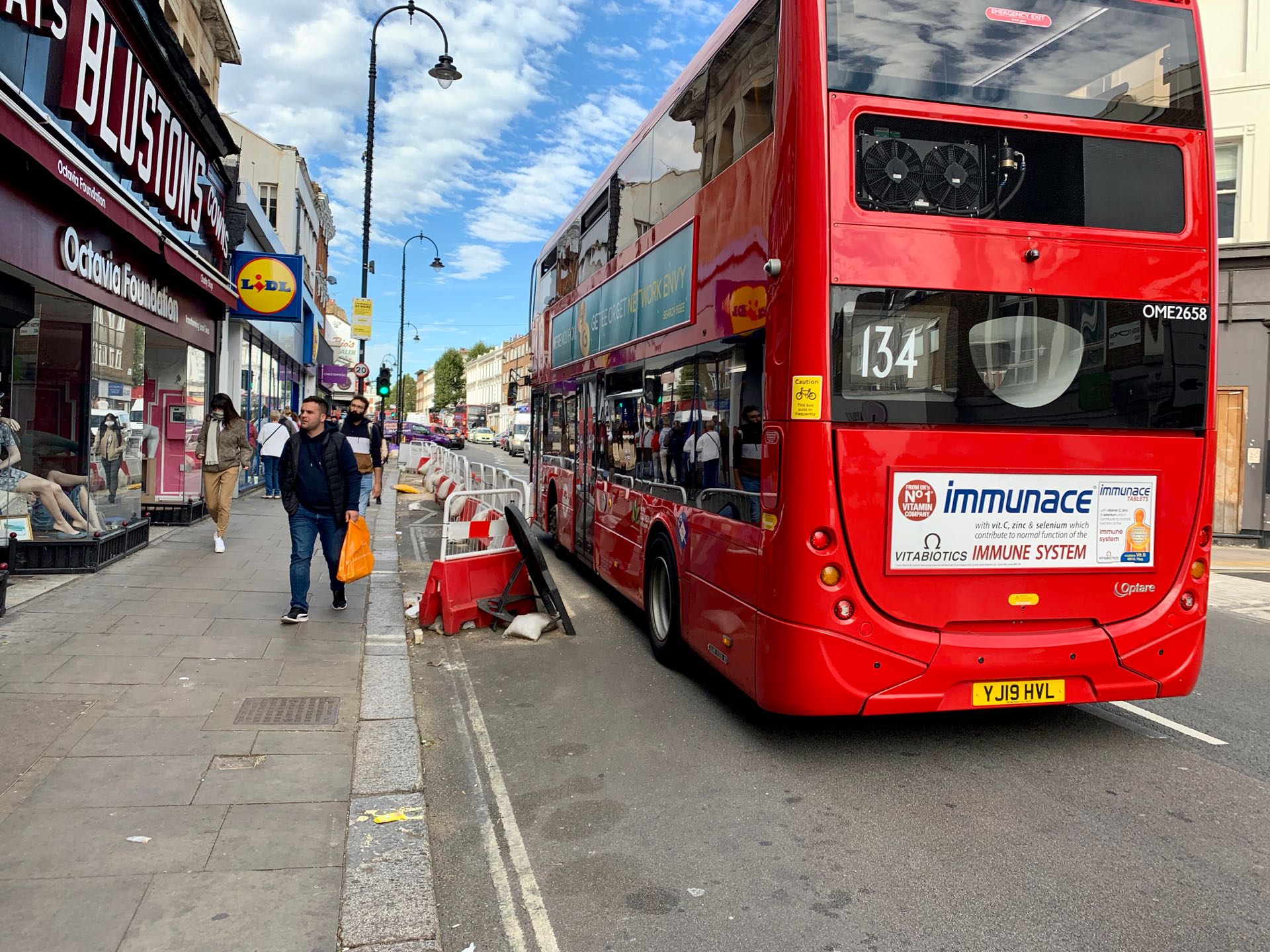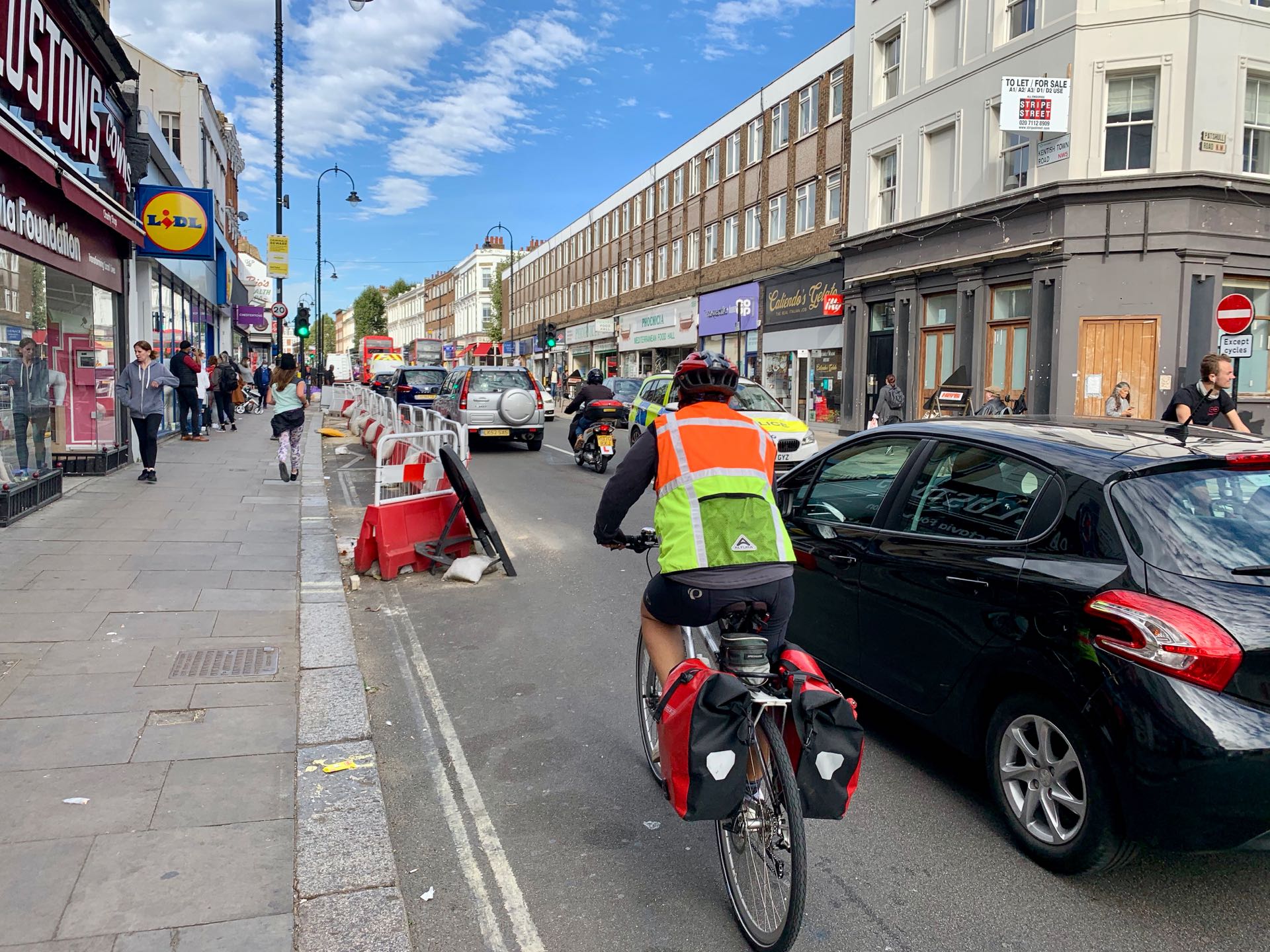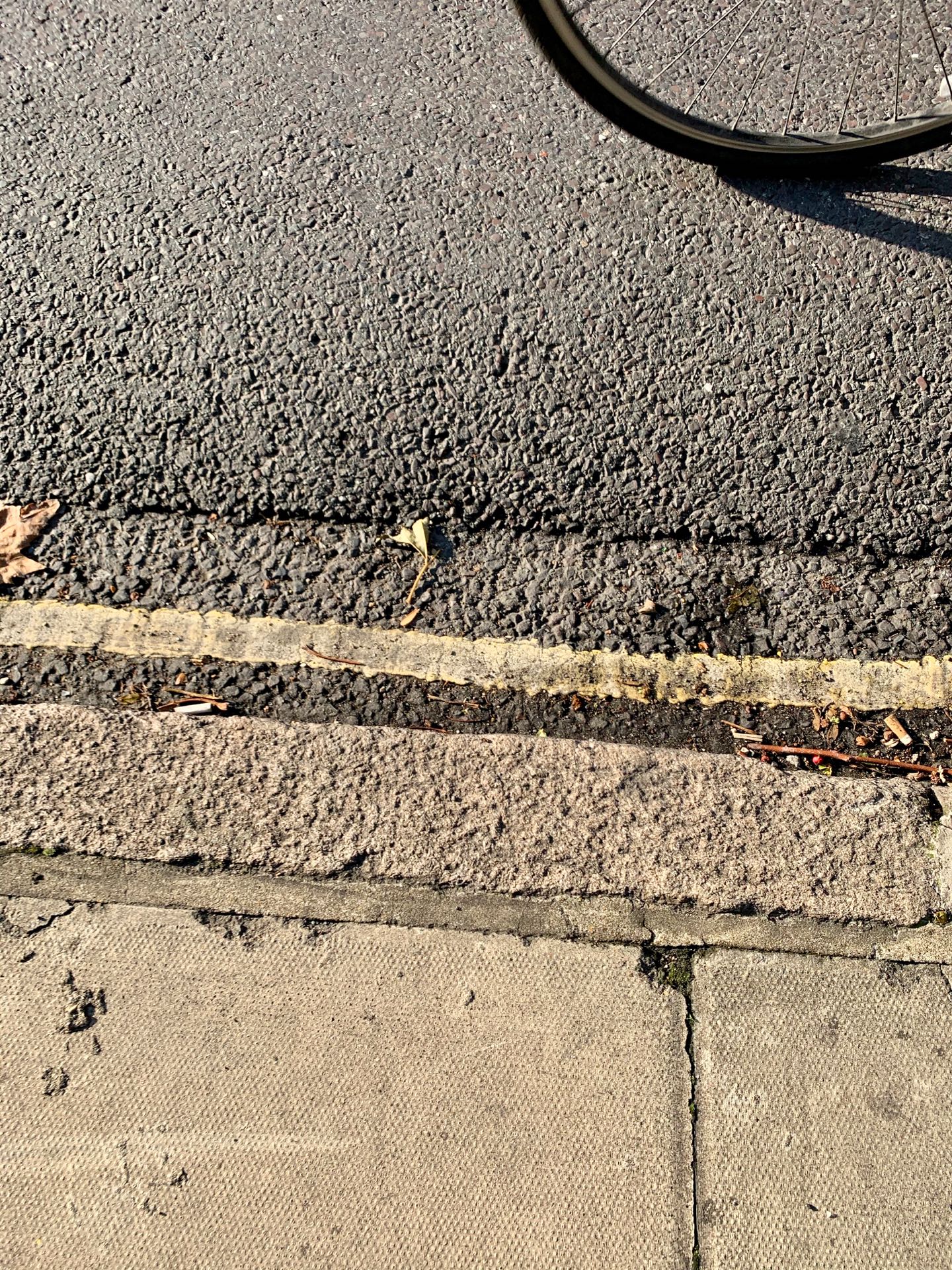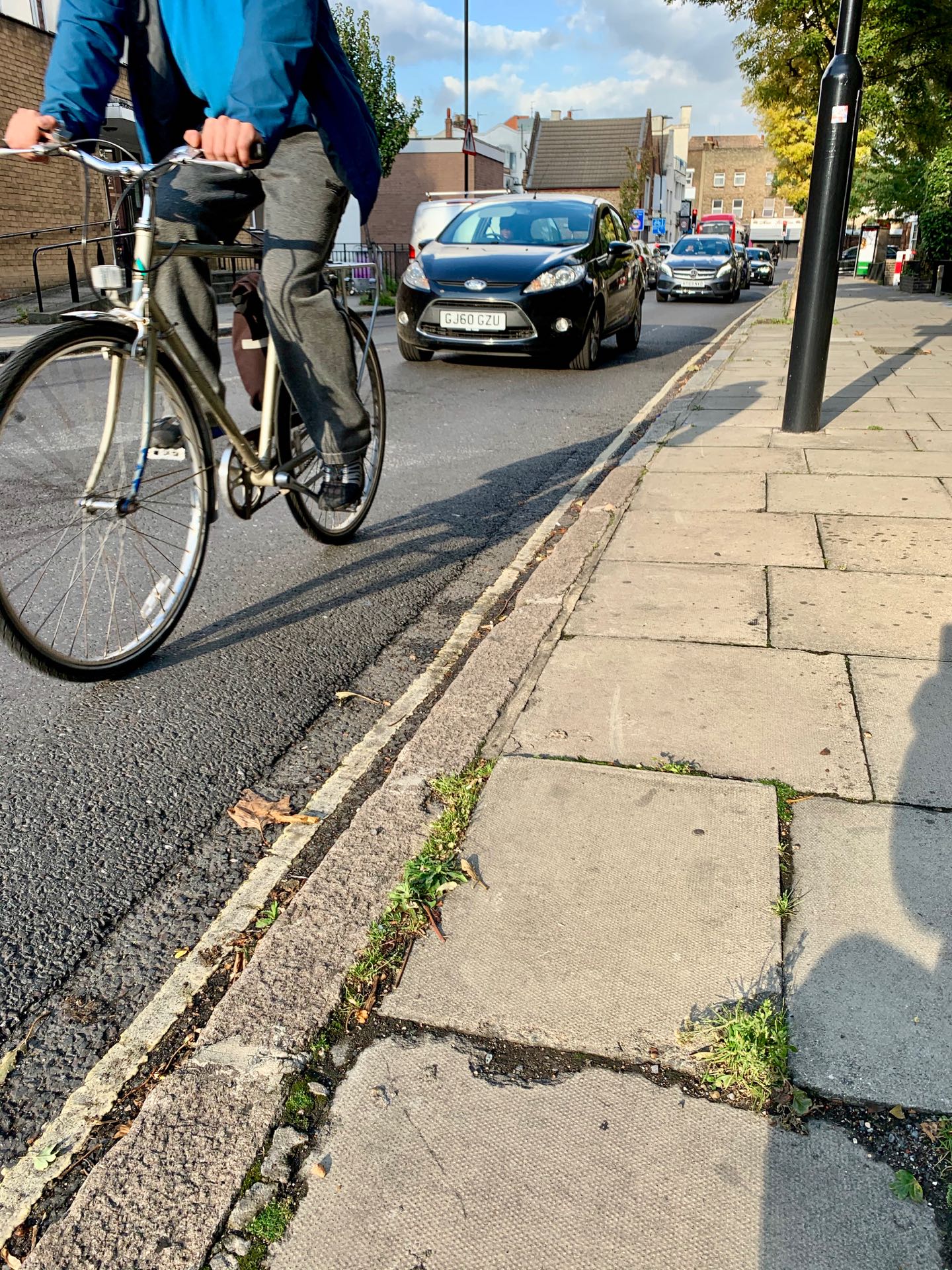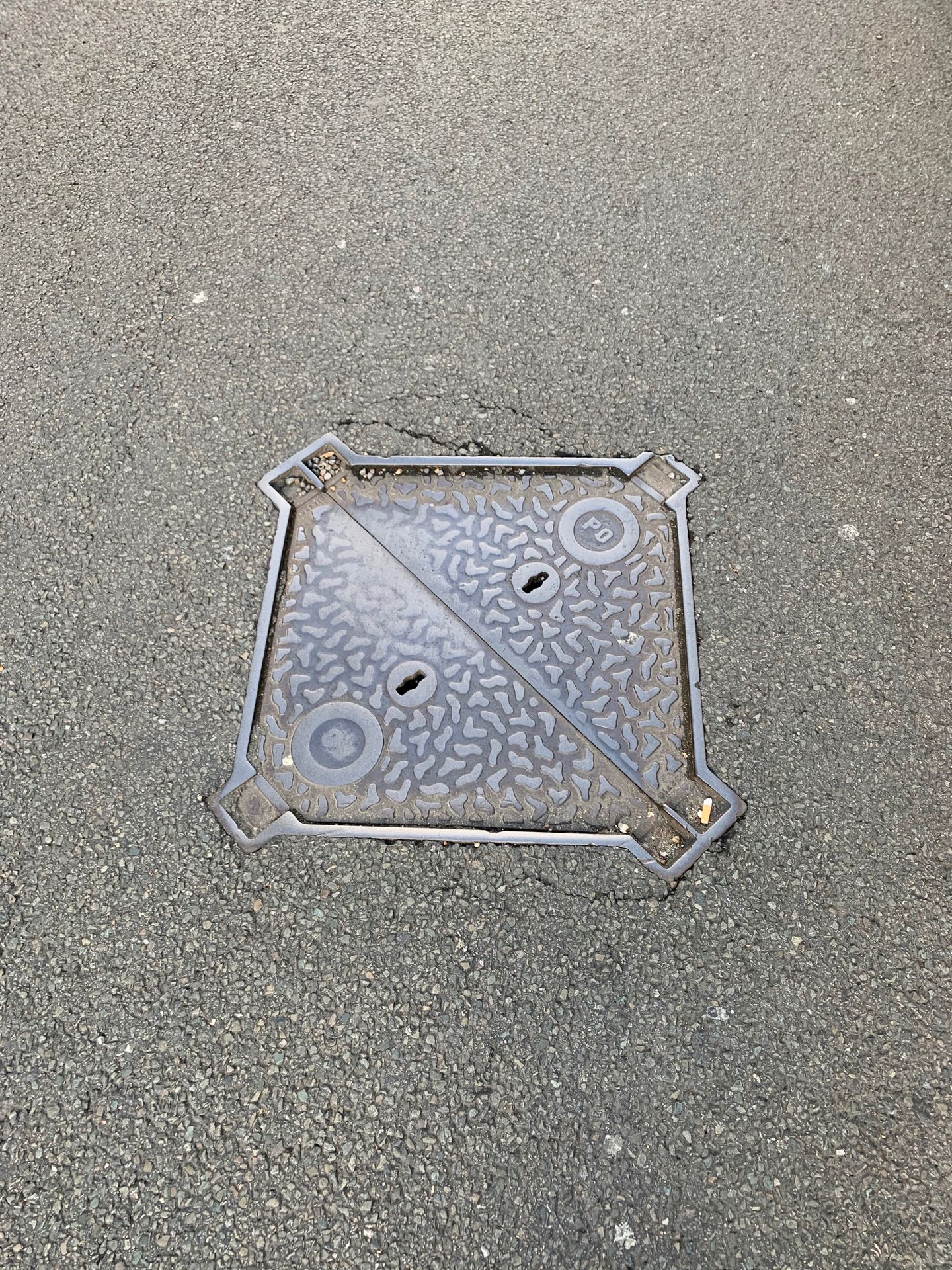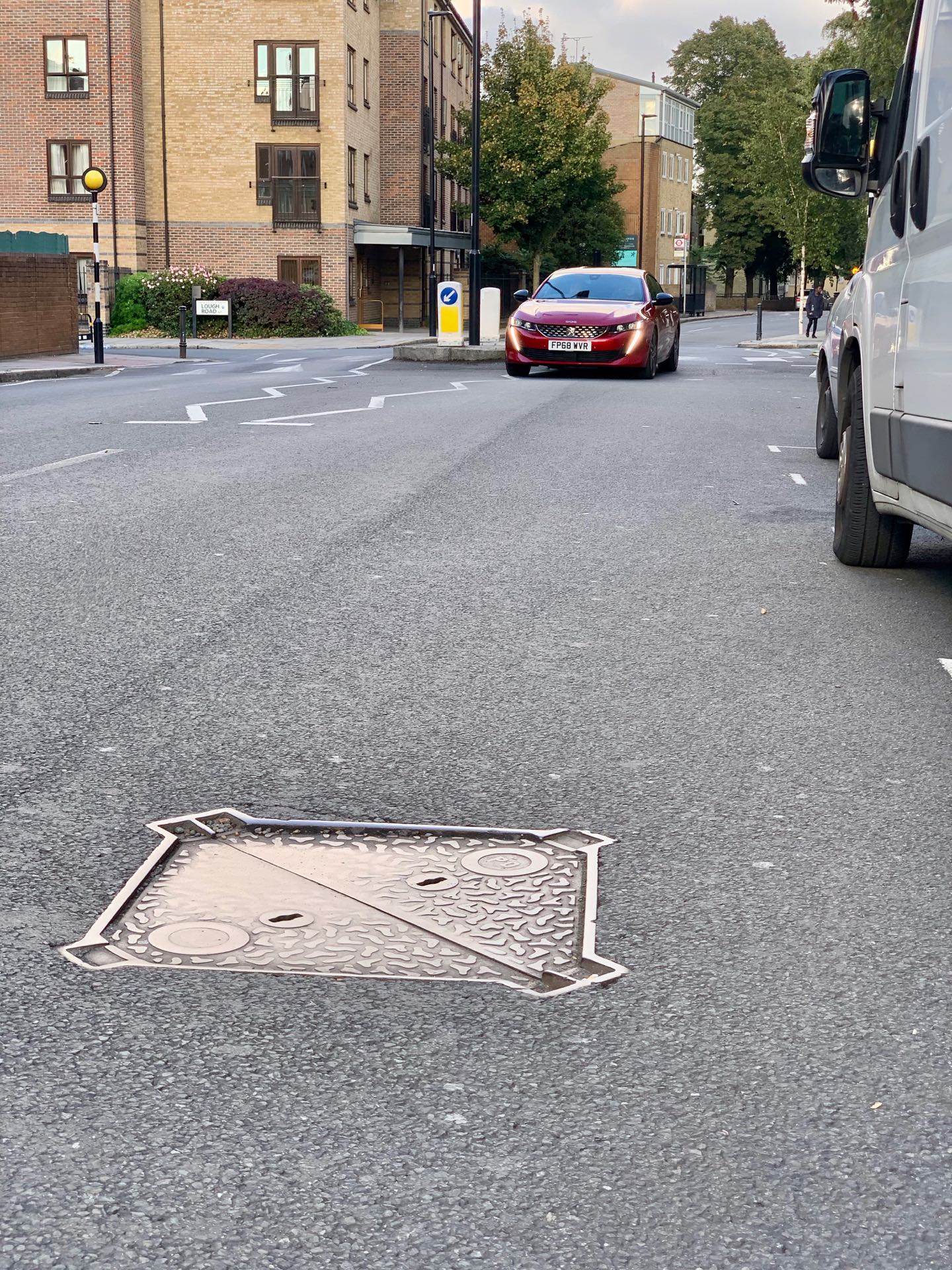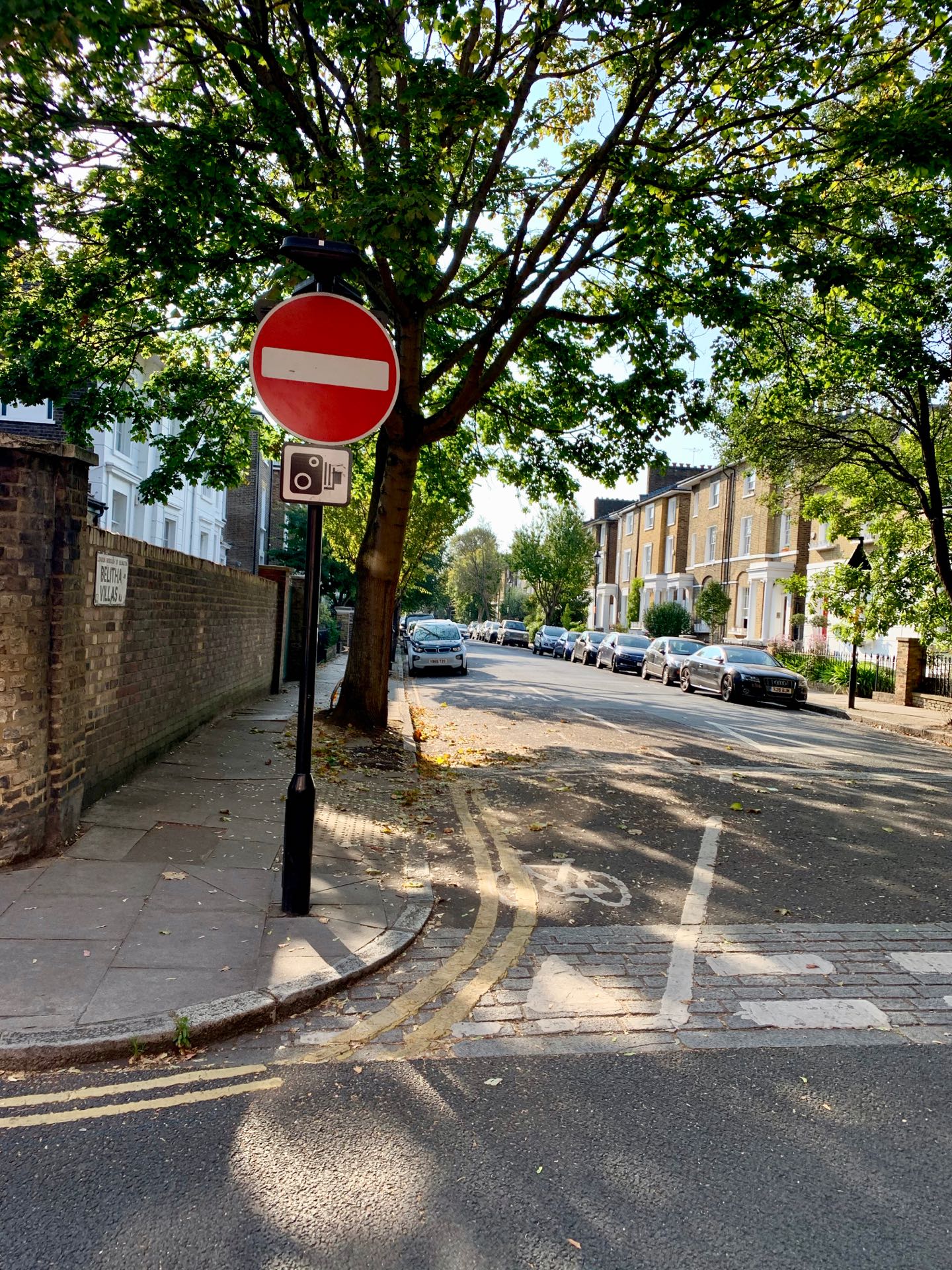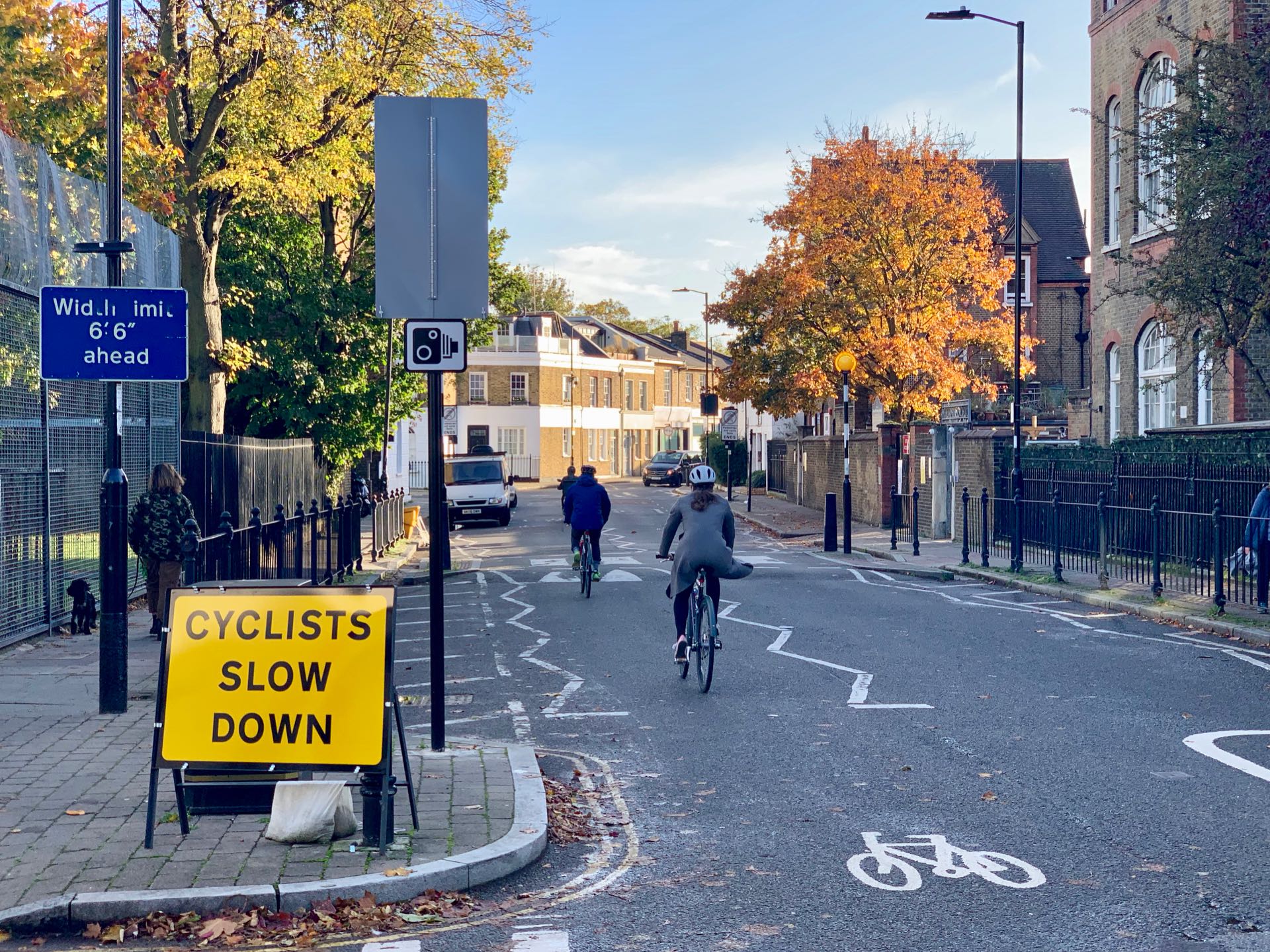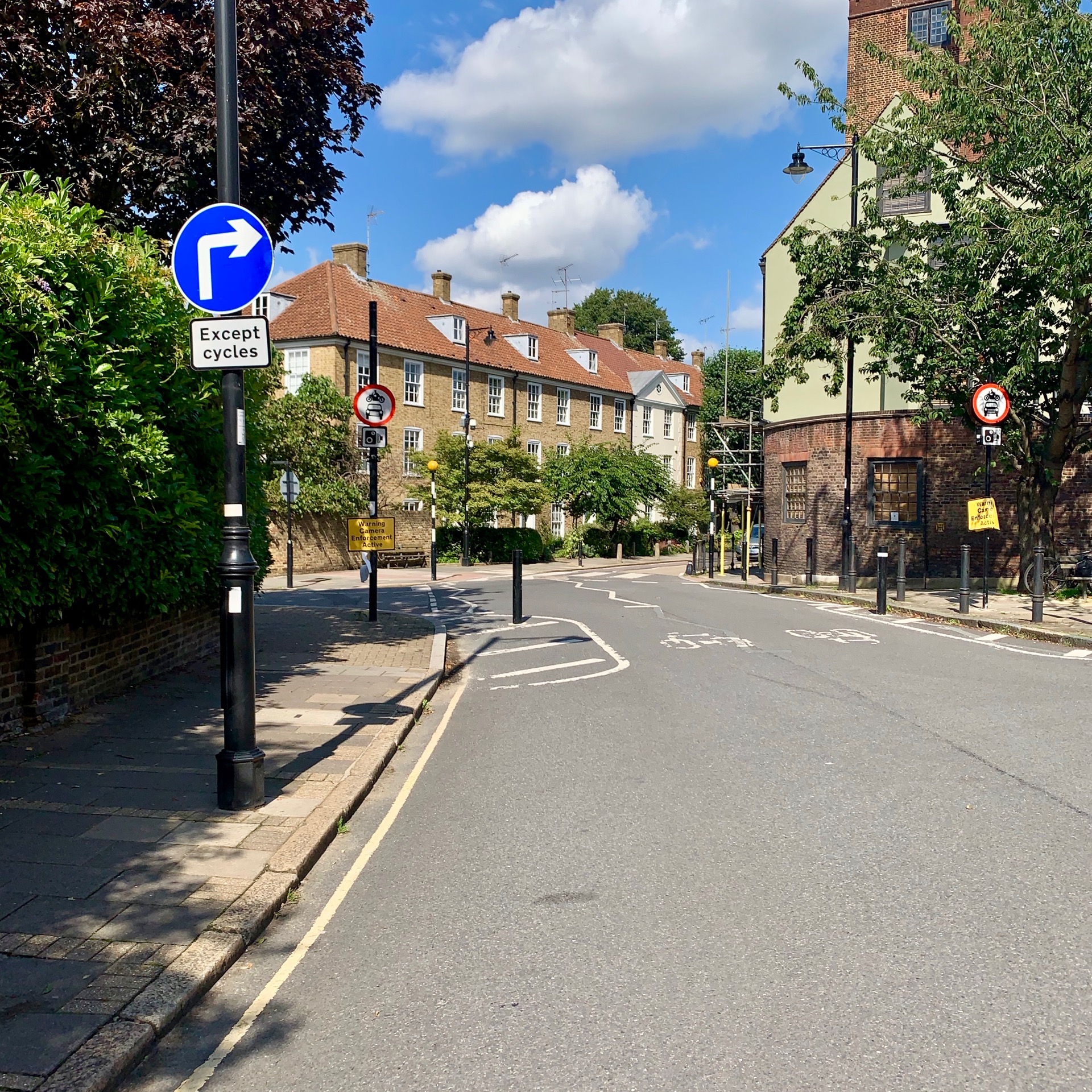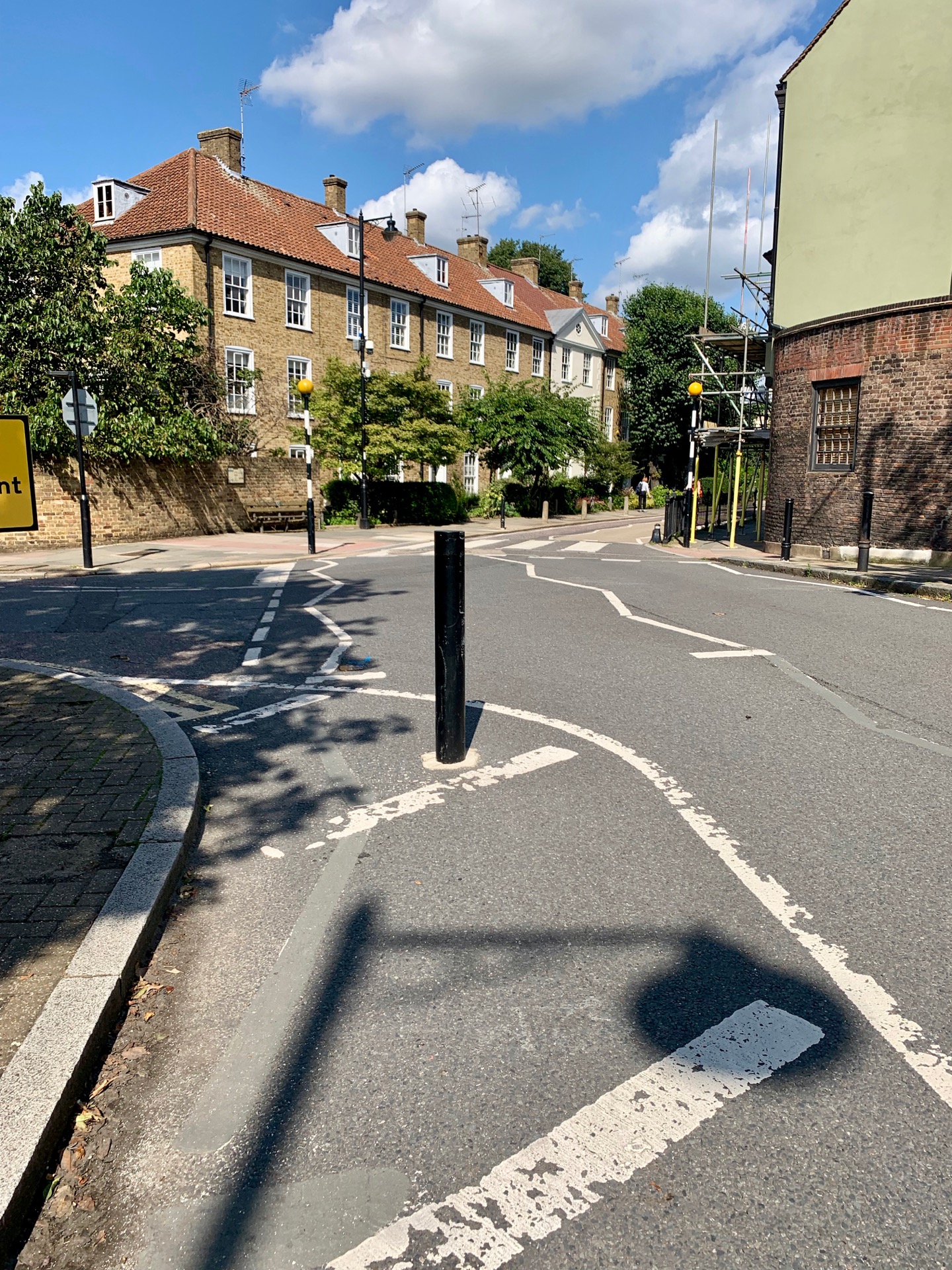Bikes have been going up in price and it is a confusing market. Decide how much you wish to spend and even more importantly what you will use it for. This blog is aimed at the non-specialist sport and hybrid rider, like me. I would say a good new bike will now cost a minimum of £600 and you can easily spend double that. I recommend a new bike for a variety of reasons, but most importantly because everything works and will continue to do so for several years. Unless you do your own repairs, fixing problems on your bike can easily cost over £100, plus parts. Soon your bargain will be costing you money, because parts on old bicycles do wear out and need replacement. In addition when you buy a new bike you can select one from the vast range out there that is designed to suit you and your specific needs. The other problem is of course, if you buy a second hand bike, there is a high probability it has been stolen from someone else and can be reclaimed. Nevertheless, buying an old rusty bike with a good frame and renewing the chain, brake pads, wheels and tyres yourself can be a very satisfying experience, although after upgrades will still cost you £400 at the very least.
Your first decision should be determined by drop handlebars – or not. If you like riding fast you will want them, and it also determines the bike geometry. Personally I like them, but I only really use the drops when going downhill fast. At my age I also need a riser in the stem on many sports bikes (see above). If the saddle is more than a few inches above the handlebars I soon start to feel uncomfortable. Nevertheless, ensure the saddle is high enough for full leg extension. Straight handlebars, found on hybrid bikes, can make a bike feel more stable, but I find most of them too wide for urban use, so I cut them down to about 56cm. Think carefully whether you need mudguards (I certainly don’t), a pannier (I prefer a backpack) or suspension – it’s only really useful for off-roading. Most so-called comfort saddles are far too wide for me, find one that suits you and is reasonable. At the other extreme, cleats and clip-in shoes are an annoyance in town, but may be useful over long distances. As for tyres, 28mm is good for sports and up to 35mm for a hybrid is fine, after that rolling resistance will escalate. My favourite brand is Continental, especially the Grand Prix 4-Season, never had a puncture!
On to some specific examples and recommendations. Firstly try to buy a bike in the January / February sales, they are often 20-30% cheaper. Also look out for last years model, it should be much better value and just as good as the full price one. If you are confident with a spanner and an allen key it is now much cheaper to buy a mail order bike in many cases. Why do I say you need to spend £500-£600? Because if you spend this much nearly all the parts will be of good, long lasting quality. Bike manufacturers tend to hide poor components, it may seem well specified, but somewhere corners will have been cut to reduce costs. I myself was prey to this when an unbranded crank on a nice bike from Genesis (a reputable brand itself) simply snapped. I should say it was replaced, under guarantee, with a Shimano one. Yes, some brands are better than others!
We all have favourite brands and these are some of mine: Ribble, Ridgeback and Boardman. My recommendation for a bargain sports bike would be a Boardman SLR 8.9 Carbon, retailing at £1200. It does not have disk brakes, but does have a super light carbon frame and Shimano 105 gears. Mine was stolen, but luckily it was insured with Yellow Jersey. With disc brakes this bike costs another £550 – still good value! Once you are over the £2000 mark you are entering specialised territory, paying a premium for small improvements. Carbon frame bikes weigh about 9kg, you can lift them with one finger. An aluminium frame will weigh a few kilograms more and a steel / alloy frame is heavier still, just don’t buy anything over 20kg. Think carefully about weight, not only because a lighter bike is friendlier to cycle, but you often have to carry them, upstairs or onto trains, for example. Many commuters choose a light folding bicycle like a Brompton (c.£1000) with small wheels, which I enjoy riding over short distances. Just remember those small wheels are more dangerous on our potholed roads, as a good friend of mine and his broken arm can attest. Boardman also produce a great hybrid town bike, the HYB 8.6, which fits my cost profile at £600 and does have disc brakes – great value. Or check out the URB 8.6, the three gears may be enough for town usage. My favourite bike company is Ribble, since they allow you to customise your bike. Their bikes are generally better specified than Boardman, and as a result a bit more expensive. However you can choose your own tyres, stem and crank length, as well as many fancy colour schemes. I bought a carbon framed Ribble R872 with Shimano 105 gears and Mavic wheels for £1400, weighing only 8.5kg. A delight to ride, it now retails around £2000 with disc brakes. Ridgeback sell a range of reliable commuting bikes starting at £550, but there are many more good bike companies, like Cannondale, Specialised, Trek and Giant.
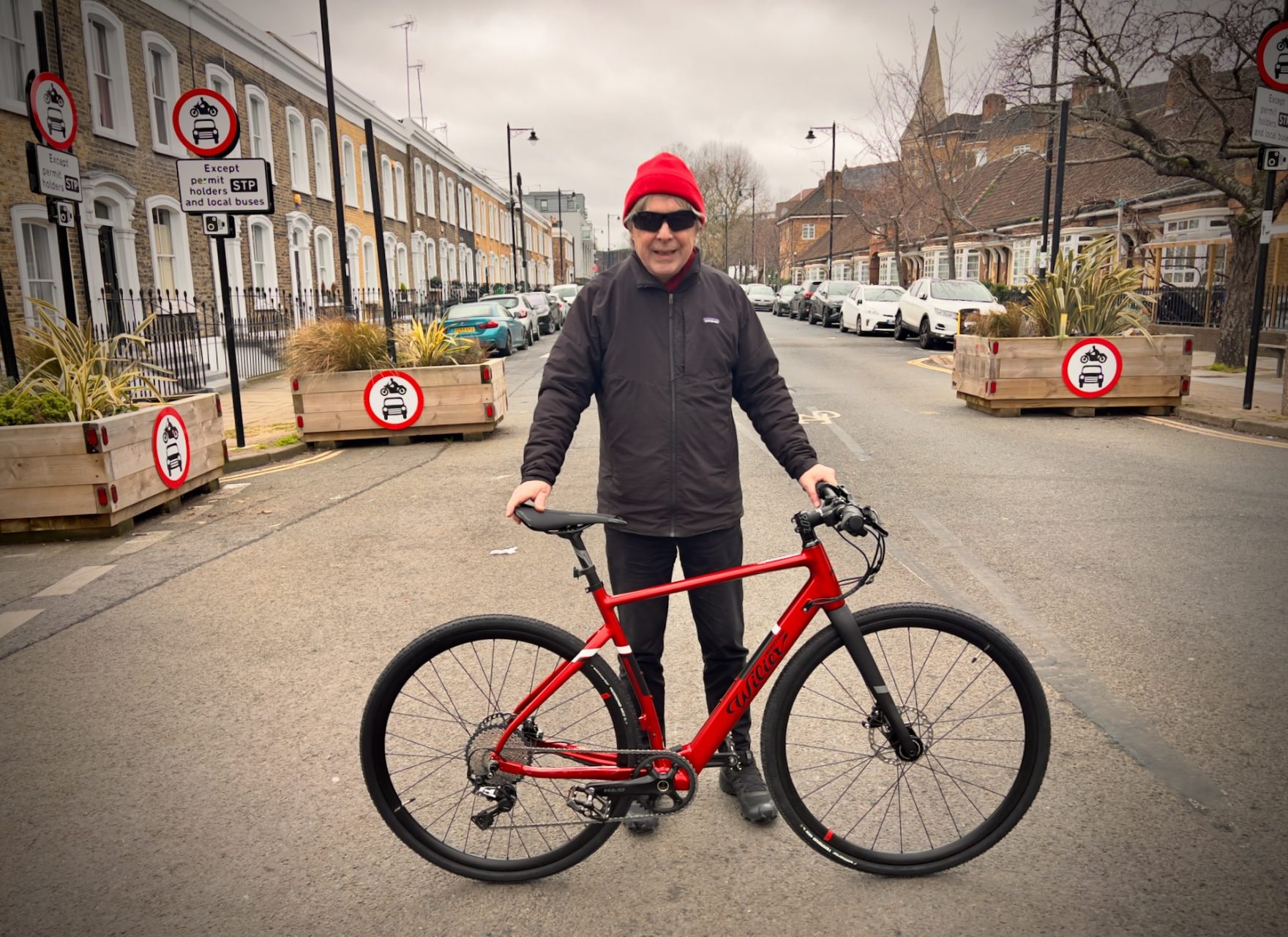
Electric bikes are now the happening category, but they can be very heavy, 25-40kg! Still lightweight versions, about 15kg do exist, but they are expensive, like the Boardman HYB 8.9E or Ribble Hybrid AL e at about £2400. Ribble even sell an electric carbon sports bike, the Endurance SL e, apparently the lightest ever, but prices start at £3300 (yes I would like one). Since I live in London I sold my car, after all who needs the hassle (closed roads, 20mph speed limit) and expense (congestion charge, parking, insurance). In addition I have a Freedom Pass for public transport anyway, so I just stopped using the car. In town a bike is the fastest way to travel, especially if you include parking time. Hence I bought a Wilier Triestina Hybrid GRX E-bike 2022 in a sale and it has been marvellous, weighing only 14kg. A large size one is still available at Merlin, 41% off, for just £2000. The cheapest good electric bike I have seen, but not ridden, is the estarli e28.8 retailing at £1625 and weighing 16.5kg. These bikes have internal batteries so they do not even look electric, and the power is applied very smoothly to the rear wheel. The law in this country means you have to pedal to power the bike and the assistance only goes up to 15.5 mph, but that is fine. There are now some good electric bike conversion kits like Boost or Swytch costing around £600. One thing to note is that you need fewer gears on an electric bike.
As for security, yes it is a nightmare. I currently use an Abus city chain motorbike lock weighing over 2kg when out at night, since I have had so many locked-up bikes stolen. In addition I have a Knog Scout attached which functions as an alarm and has a Find my Bike function like an Apple AirTag. There are also some Chinese rear lights on Amazon which can function as very loud movement alarms, £20-£30. Hope that info helps, but remember bike thieves use spotters and very powerful electric saws, it’s only a matter of time if they fancy your bike…so keep it inside.

